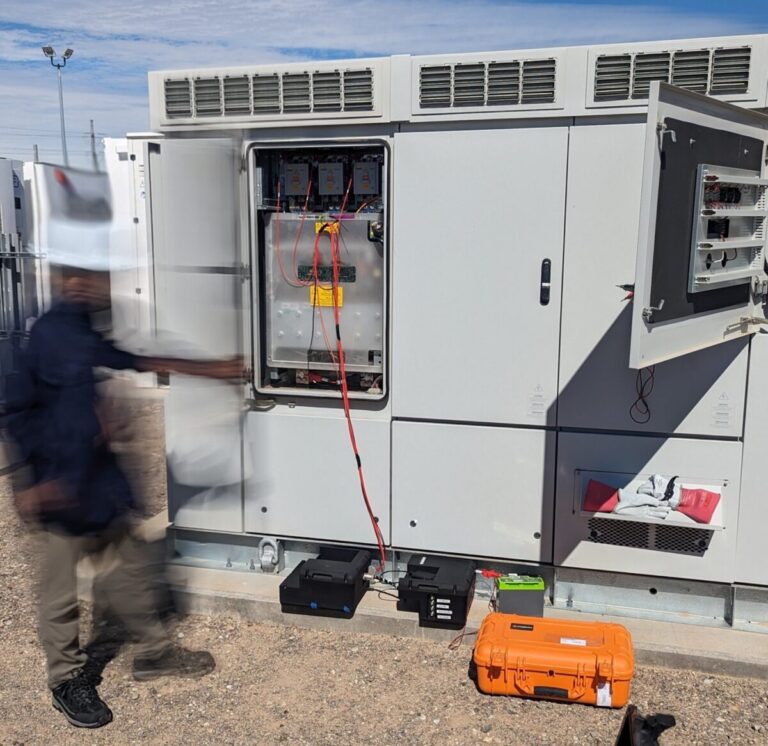Infinrel says its Energy Kardio Graph solution can measure small electrical disturbances at the inverter’s input and output on a MHz scale and provide insight into the actual operation of the inverter based on the switching cycle.
American Infinrel has developed a new software solution that actively predicts component failures in inverters used in large-scale photovoltaic installations.
“Our Energy Cardio Graph (EKG) system works like a medical ECG, but 10,000 times faster,” said company founder and CEO Bert Wank. pv magazine. “It samples small electrical disturbances at the input and output of the inverter on a MHz scale millions of times per second and enables insight into the actual operation of the inverter based on the switching cycle.”
The new solution can reportedly exhibit artifacts from degrading components such as saturating inductors, or capacitors losing the essential capacity to buffer energy, or high frequencies that can damage step-up transformers.
“By examining these figurative ‘heart rhythms’ of the inverter, infiniRel’s proprietary software can build causality between the shape of the electrical signal, its cause and its effect,” added Marco Marazzi, VP of Software Engineering at infiniRel. “Essentially, using a process of error effect and method analysis, our ECG will extract features from the waves that relate to component degradation and ultimate risk of failure.”
The software uses machine learning algorithms to process data into functions that tag each functional group of components in the inverter, reducing the amount of high causality data from MB/sec to KB/sec. “The ECG system is independent of any data source because it creates high-resolution data on its own,” Wank said. “It’s a lock-step at the rate at which semiconductors experience changes in both voltages and currents, at a microsecond level and not every second, but one million times per second.”
The company explained that a utility-scale inverter driven by an insulated gate bipolar transistor (IGBT) switches between 1 kHz and 3 kHz, requiring the actual gate drive to contain a maximum of 1 MHz signals to optimize the design for efficiency. More recent inverters deploying gallium arsenide (GaN) or silicon carbide (SiC) power stacks switch at 20 kHz to 30 kHz, an order of magnitude faster than the fundamental switching frequency that is the heartbeat of the power conversion system.
“If any of these drive signals fail, even slightly, internal power dissipation increases dramatically, leading to stack failures,” Wank further explains. “The software control loop, which is tailored to the utilities’ 60 Hz power quality requirements and regulates on a switching cycle basis, does not have the bandwidth to sense and respond to such subtle changes.”
Infinirel, based in San José, California, is currently raising capital to build more ECGs to deploy to its customers in the energy transition.
“Next week we will present our solution at RE+ in Anaheim,” said Marazzi. “Infinirel was one of the 10 winning teams of The Set! Competition advancing to the final stages of the American-Made Solar Prize Round 3.” The U.S. Department of Energy (DoE) developed the competition to encourage domestic solar entrepreneurs in the country. Infinirel and each of the 9 other finalists will receive $100,000 in cash and $75,000 in vouchers at the DOE National Labs or other qualified partner facilities to further develop their technology.
This content is copyrighted and may not be reused. If you would like to collaborate with us and reuse some of our content, please contact: editors@pv-magazine.com.


